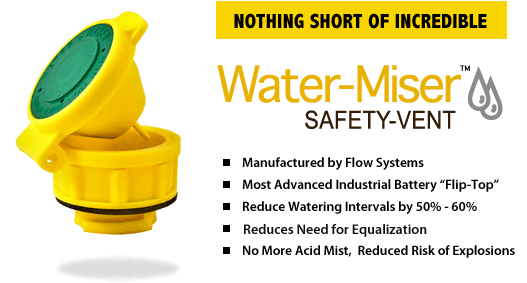Great! but,I spoke with the distributer who measured a battery in stock. Looks like they will fit.
I would take two trays in and see what happens butting them full, 2/3 of an inch ain't nuthin' and you want to be sure before antone carries them on board.






